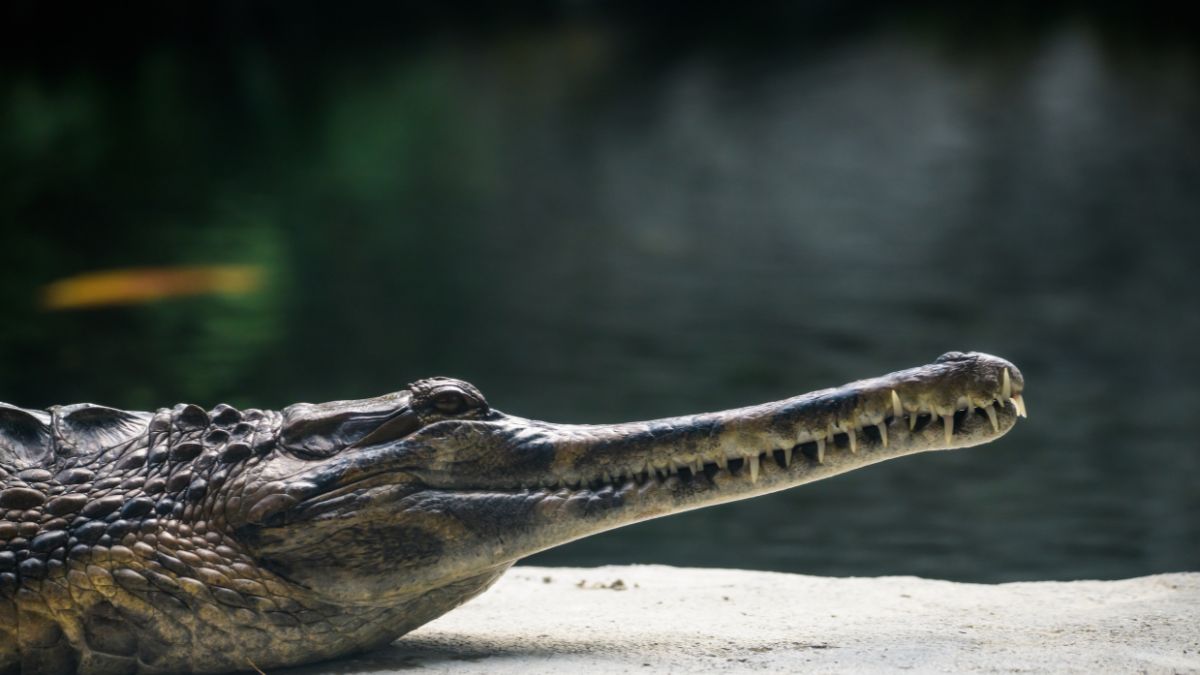The largest reptile bank in the US, situated in Arizona, has asked the authorities for permission to bring six gharials and an equal number of mugger crocodiles from Tamil Nadu. The reason behind this is stated that they wish to preserve these species, which are endangered in nature. The longest species of surviving crocodilians is the gharial, also known as the gavial or fish-eating crocodile.
America’s Largest Reptile Bank Applies To Import Gharials And Crocodiles
The Phoenix Herpetological Society has requested approval from the US Fish and Wildlife Service to import gharials and crocodiles. This is according to a federal notification released on Monday under the Endangered Species Act (ESA).
A permit to import three male and three female captive-bred gharials and three male and three female captive-bred mugger crocodiles from Madras Crocodile Bank Trust in Tamil Nadu.
This has been requested by the Phoenix Herpetological Society, according to a federal notification.
The notification goes on to say that this will be a “single import” intended to help these species survive or proliferate. By August 16, the public is asked to submit their thoughts on the proposal to the government agency.
Also Read: This Breakfast Is The Secret To Actor Mahesh Babu’s Power-Packed Mornings; Shares Recipe
The Croc Bank Has A Sizable Reptile Park
The Madras Crocodile Bank Trust and Centre for Herpetology’s website states that Romulus Whitaker and Zai Whitaker founded the Croc Bank in 1976 in an effort to protect the crocodile population in India. Near Chennai, The Croc Bank has a sizable reptile park in addition to several other field operations.
The National Zoo of the Smithsonian Institution and the Institute for Conservation Biology has an information from the past. According to it, gharials were once common in the rivers of Bangladesh, Bhutan, India, Myanmar, and Pakistan. However, only a small portion of these aquatic species’ original populations are still present in Nepal and some areas of India.
The gharial’s long, thin snout and 110 sharp, interlocking teeth make it well suited to catching fish. Currently, it can be seen living in rivers on the plains of the northern Indian subcontinent. (As per Live Mint)
What are your views on this?
Cover Image Courtesy: Canva

